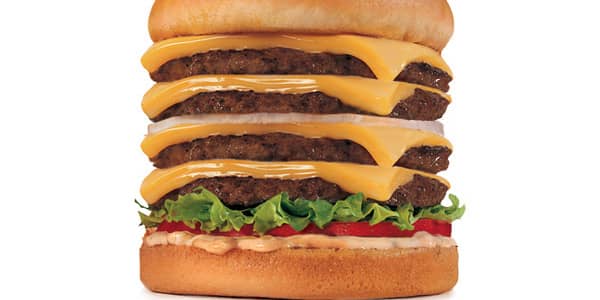It wouldn’t have taken a crystal ball last year to predict that consumer spending would be under intense pressure in 2009. But as we look to 2010, there are some conflicting signals about how the coming year will shape up.
Here’s what I’m expecting:
1. Consumers will go back into hibernation after the holidays.
Even if sales this holiday season trounce the modest expectations that are out there—as I expect they will—don’t expect the spending to continue after the decorations get packed away.
Consumers are looking for deals this holiday season, and retailers are not disappointing. Shoppers are also smart; they are not going to pass up opportunities to restock their closets and treat their loved ones to a nice holiday.
After the new year, many consumers, especially those in middle incomes, will continue to watch their spending carefully, and focus on continuing to whittle down their credit card bills, and stash away money, if they can, for a rainy day. This will continue into 2010 as unemployment remains high.
Consumers have learned they can get by with less, and that’s what they’re going to do for some time.
2. Retail competition intensifies online.
Not only will Wal-Mart Stores continue to wage its price war with Amazon , but consumer products manufacturers such as Procter & Gamble will continue to pursue ways they can market their products directly to consumers. The result—fierce competition and more choice online.
A desire to shop smartly has led more consumers online, where it is easier to research products and compare prices. Recognizing this shift, Wal-Mart is taking another stab at bulking up its online offerings and attempting to stab at the heart of Amazon’s business.
Amazon is going to fight hard to defend its territory. It claims it is comfortable fighting on price, but the company will ultimately recognize that its leadership on the Web isn’t only about the cost of the items.
Wal-Mart will struggle and the battles will shift from price to state legislatures, where the retailer will lobby to close loopholes that allows Amazon customers to get products without paying state sales tax.
In the background, while these two giants battle it out, consumer products manufacturers will attempt to reclaim some of their own power by finding new ways to sell their products directly to consumers.
3. Stores devote more attention and support to their private-label brands, which will continue to gain market share even as the economy comes back.
Stores have realized that private label doesn’t have to always mean low-price alternative to a national brand. Although bargain-hungry consumers have been switching to store brands for commodities like sugar to save money, they also have been increasingly looking to private label offerings for a wide range of products.
Part of that is that several retailers have revamped their private label brands, providing them the imagery that is far from generic. With better quality and packaging, consumers are seeing these brands as a way to save, and will for awhile.
We'll see how these predictions do. The Consumer Nation blog was launched in early February 2009, so there's no track r4ecord to speak of.
However, in our first entry, we said we expected to see consumer "living off their fat", shopping their closet for clothes and postponing purchase for months to come, and they have.
We also expected to see additional retail bankruptcies, and there were several notable ones that followed that first post, including Fortunoff, which filled for chapter 11 bankruptcy protection two days after that entry was published.





